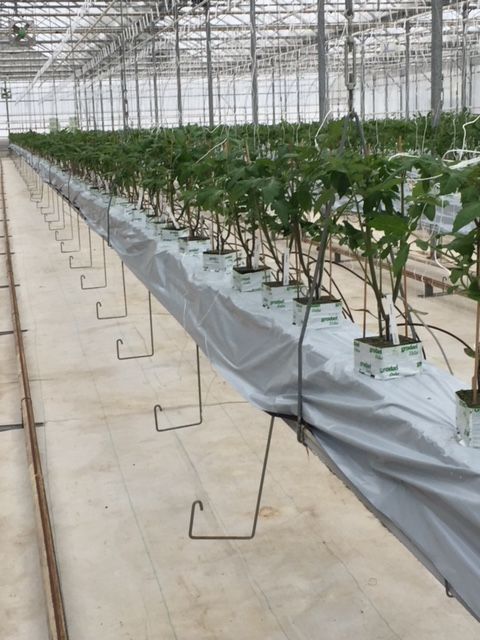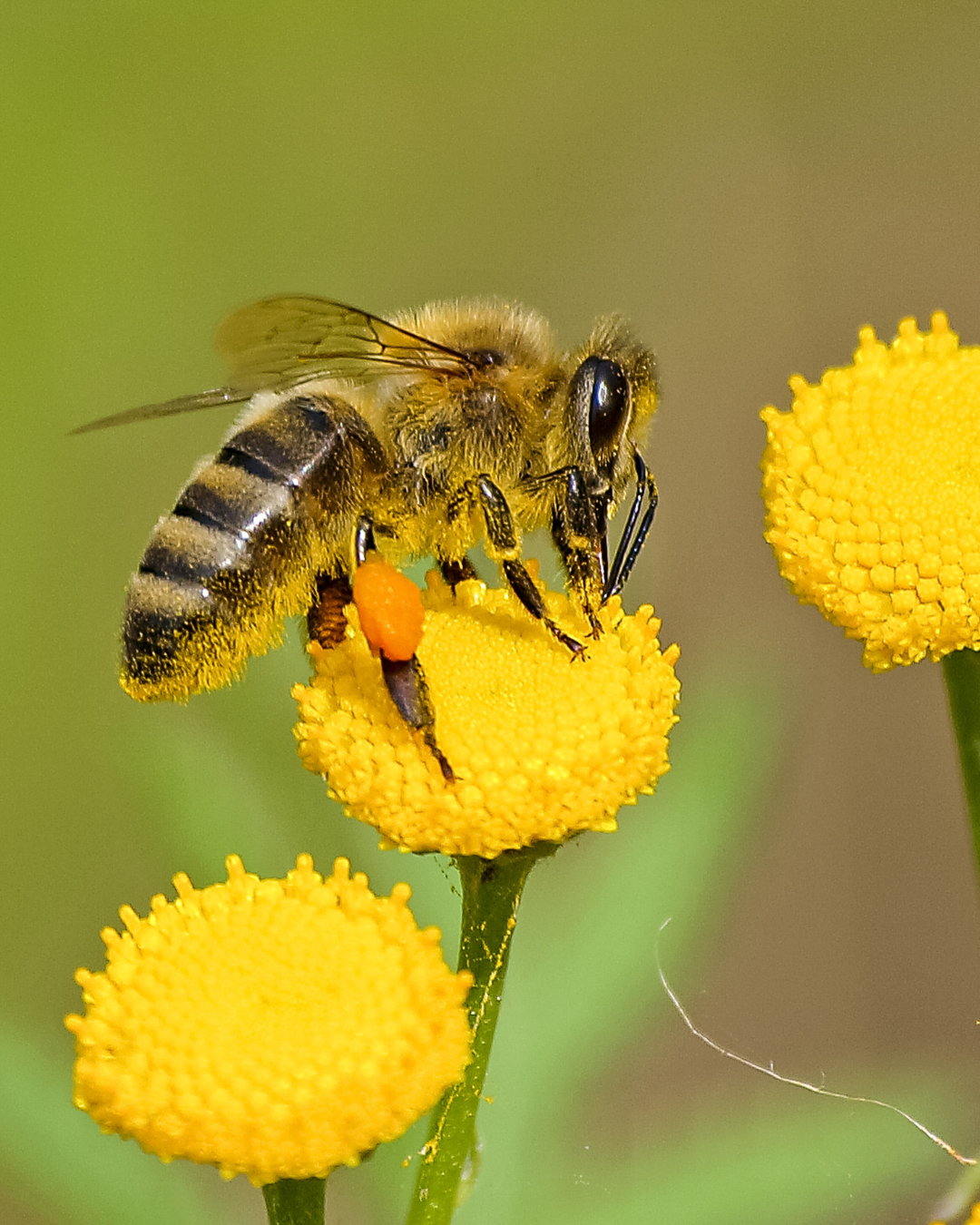
I have always loved science, and growing up on a farm proved to me that farming is truly a wonderful applied mix of many sciences: biology, chemistry, physics , engineering on so many levels.
It is always fascinating to me to learn how farmers following different business models, whether it be conventional , organic , biodynamic or precision agriculture use science to grow and produce crops for food and fibre. Management styles differ of course, but the outcome is the same, to produce food to feed our communities and ultimately our hungry planet.
When we started in the greenhouse business, we were about to learn very quickly how fast paced, exciting and challenging it is to grow in a controlled environment. Controlled environment agriculture (CEA) is a general term that would include hydroponic greenhouse growing whereby many of the variables contributing to plant growth are precisely monitored and managed to optimize productive output – in our case, tomatoes, lettuces, cucumbers. The greenhouse structure, covered with the poly ethylene film, at Sun Harvest ,( although many of the newest greenhouse structures are glass), provides a temperature controlled environment , with the mechanics for automatic and precise watering regimes ( irrigation), while allowing for sunlight to drive that fundamental food making mechanism – photosynthesis. You remember grade 9 biology– water and carbon dioxide combine in complex chemical reactions using the energy of the sun to produce oxygen and glucose / sugars.
Growing in soilless culture (hydroponic), means you learn the importance of each nutrient and how it leads to the overall health and productivity of the crop. First we started with our good Glenburnie water, and learned the art of preparing nutrient mixes . We add precise amounts of nutrients, elements that would normally be found in the soil, such as nitrogen, phosphorous, potassium, magnesium, and to a lesser amount , essential micronutrients , to our water, dependent on the stage of the crop. Being a student of science, I knew that in an outdoor field setting, not all nutrients are readily available in the proper quantities for crops to utilize, so imagine how satisfying it is to prepare precise feeding regimes in which all nutrients are utilized by the plant! And in a CEA (hydroponic) system, water and nutrients are conserved and indeed recycled in a closed irrigation system, whereby any drainage from the crop is recirculated and “tweaked” for its nutritional content before being irrigated on the crop again and again.
Science, in our version of farming , extends to our disease management as well, in a most fascinating and profound way. The most important part of the plant in my opinion is the root system and nowhere is that more obvious than in a controlled environment setting . Healthy roots lay the foundation for a plant that can yield tasty and robust yields. And in our setting ,where we wish to grow a crop for a year it is of vital importance to keep those non evident parts of the plant as refreshed as possible , even when the temperatures hit a stressful high exceeding 30 degrees, when tired roots could succumb to root diseases. The downside of growing in a controlled environment , is that problems develop at a much quicker pace than in a field setting , which means our crop could rapidly go backwards , so delaying management decisions can have frightening consequences. It has been fascinating to learn of the research and now practise in our management, the benefits of adding naturally occurring beneficial fungi to the feeding solution which maintains healthy roots of our tomato crop.
Controlled environment agriculture has also honed our skills at insect identification and entomology . This branch of biology is truly amazing as we get to capture, count and combat all forms of crawling and flying insects eager to literally suck the life out of our crop using other species of aggressive insects hungry for a taste of the ones we wish to get rid of. Integrated pest management (IPM) has taught us how to prioritize which insects are worrisome and to quickly and consistently go after them by monitoring insect population thresholds. Because again, bad bugs certainly love coming in to a greenhouse with loads of healthy plants in a happy environment. They breed like crazy, even faster than the populations of them living outside! Although not a perfect science, it is a part of our business that presents an exciting challenge with every growing season as we grow our food using nature’s own defenses.
Can’t you tell how much I love science? I truly believe that science ultimately leads to solutions for growing food in a sustainable way , and I am so happy and grateful to be one practitioner who gets to practise it every day. Here’s to a productive 2018!


